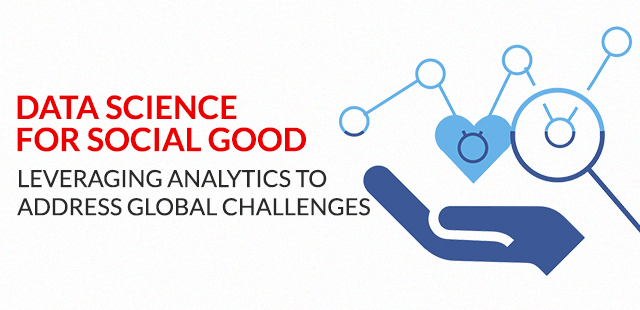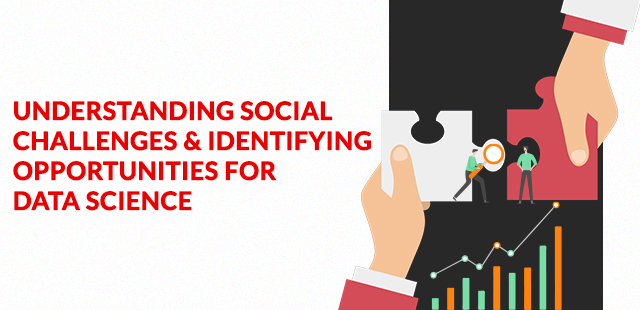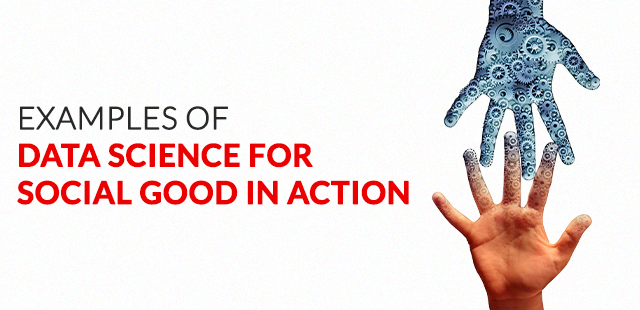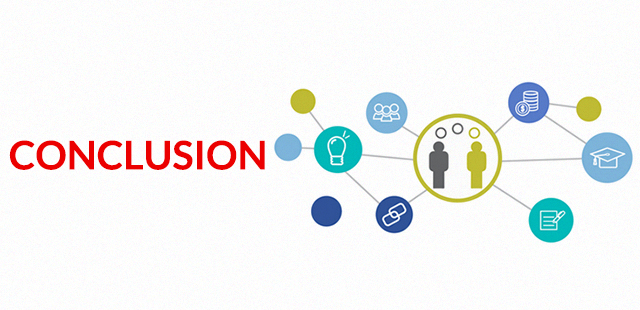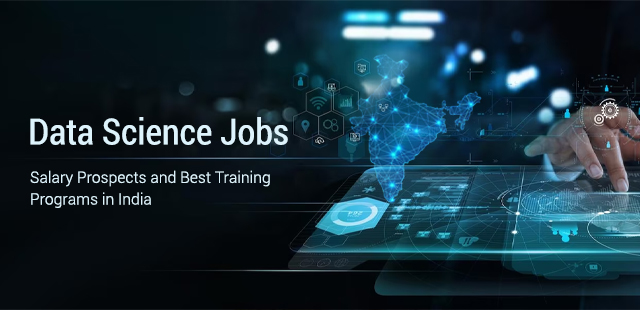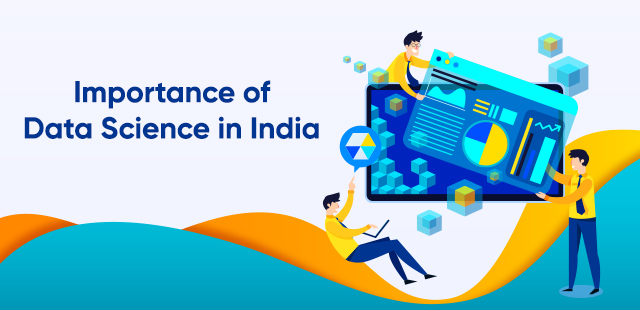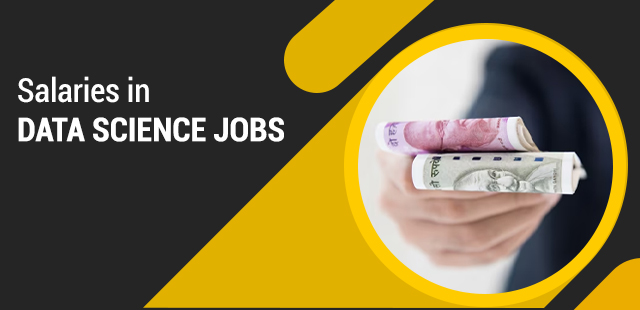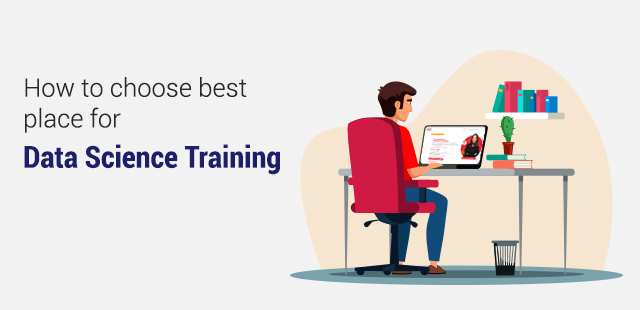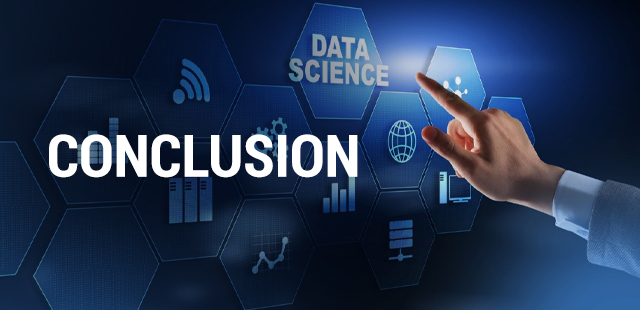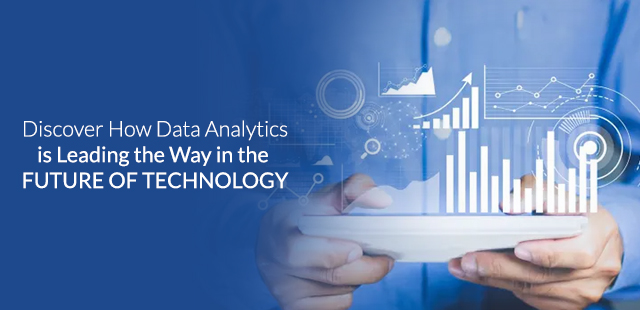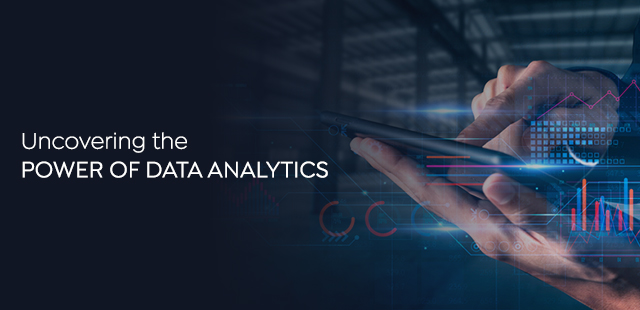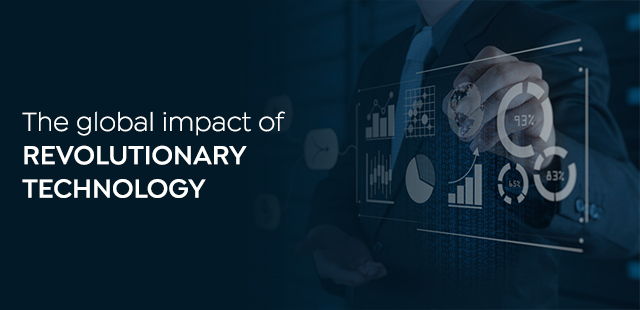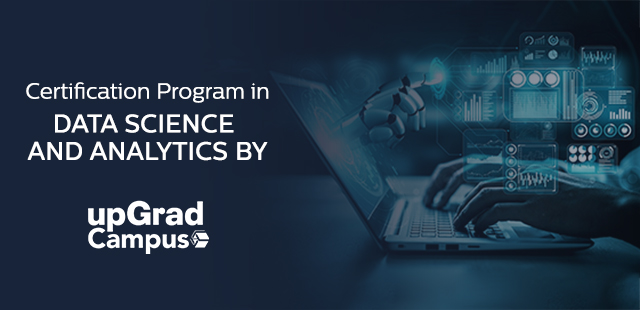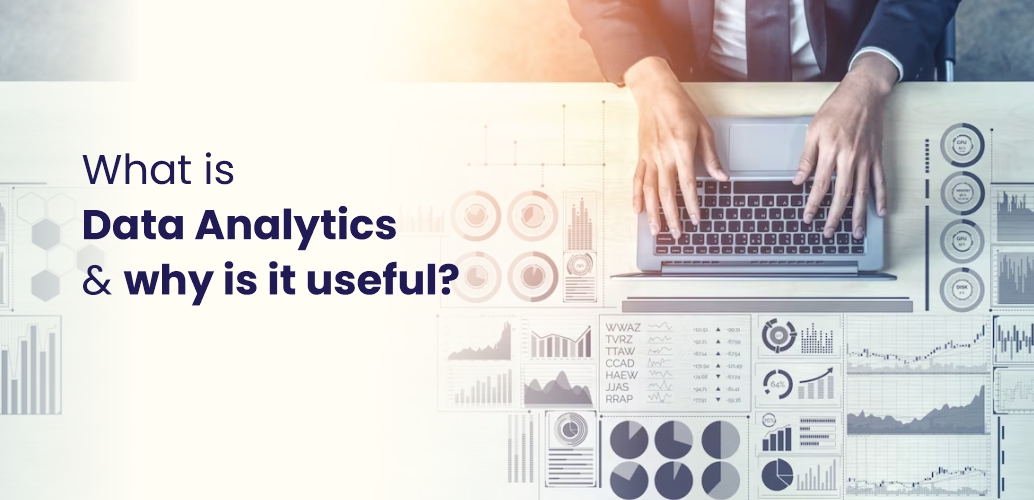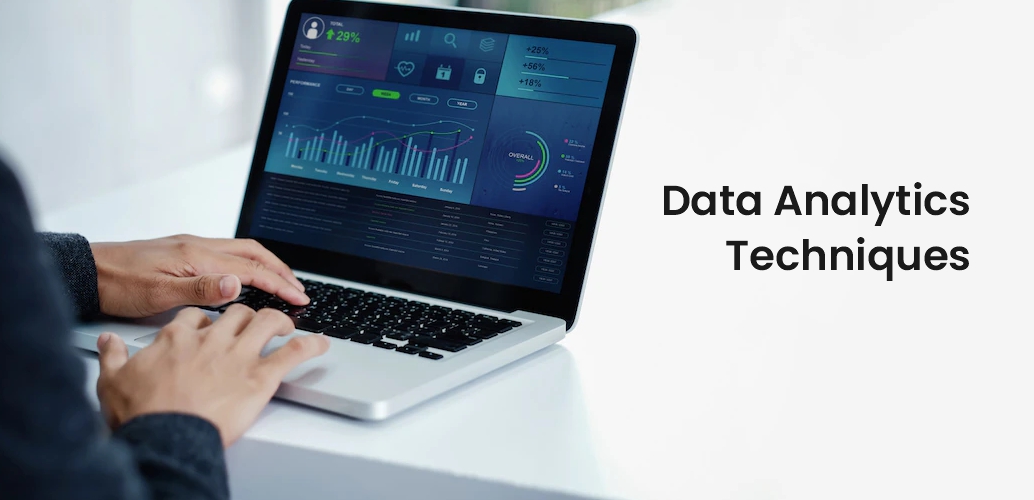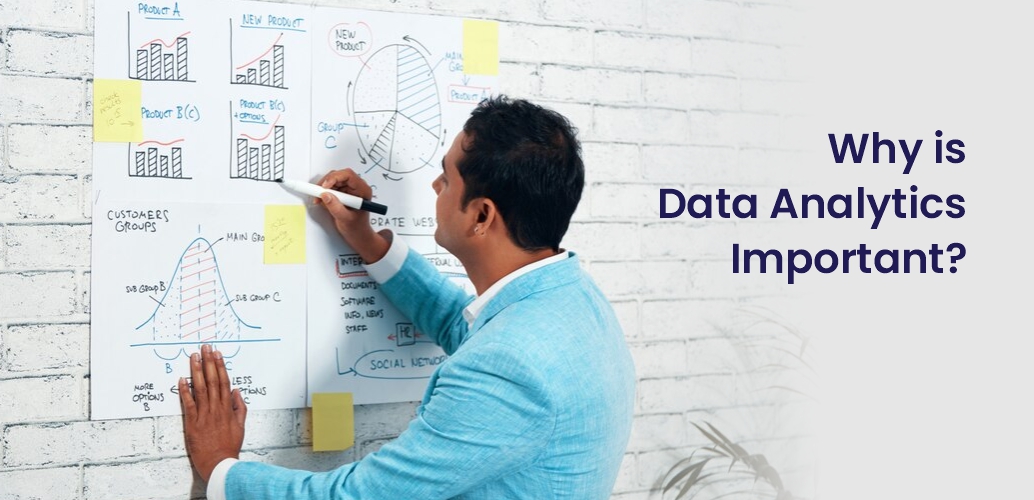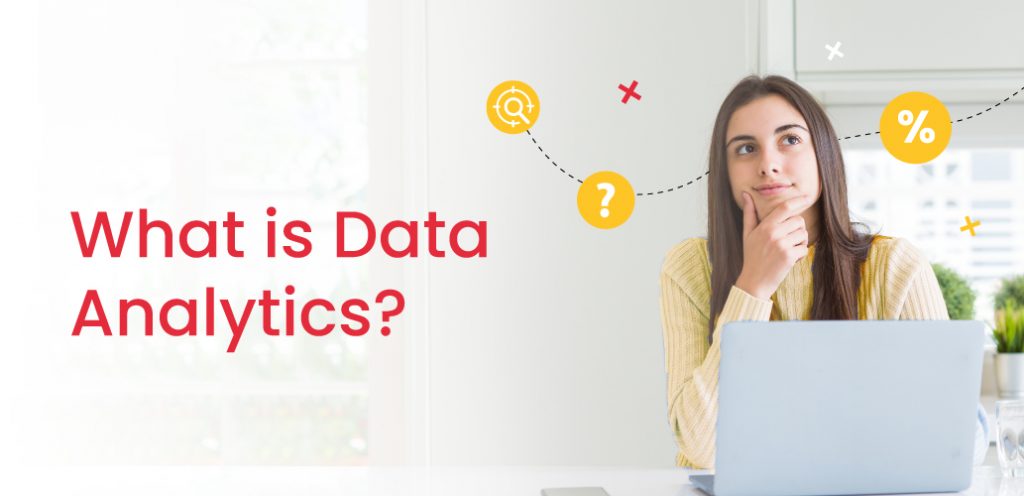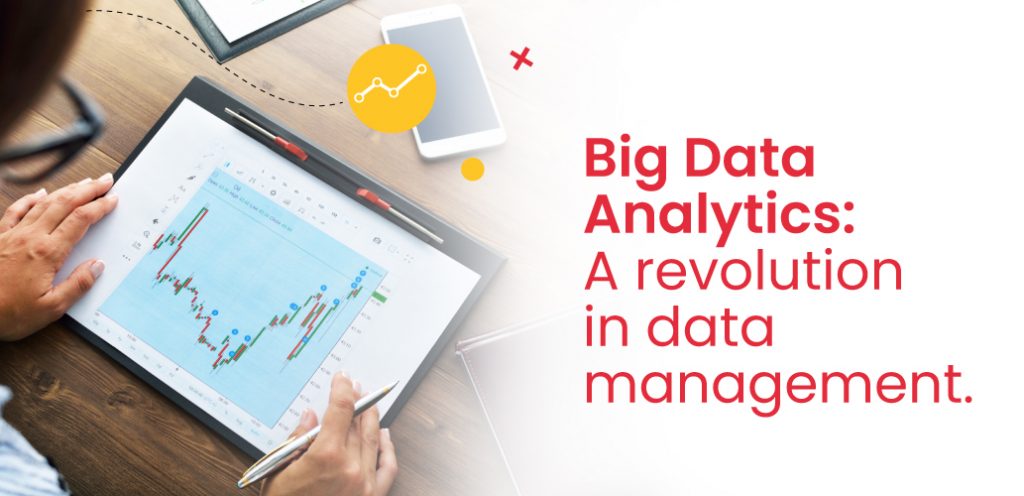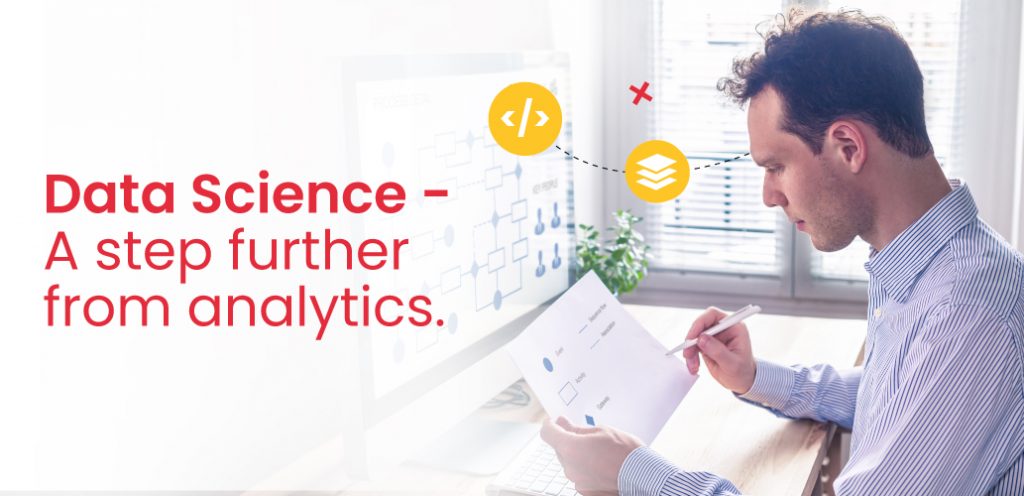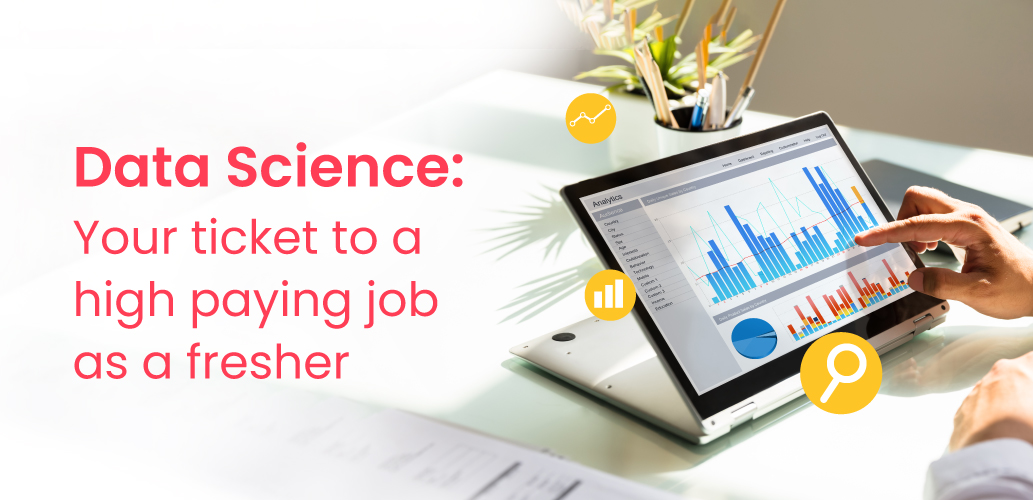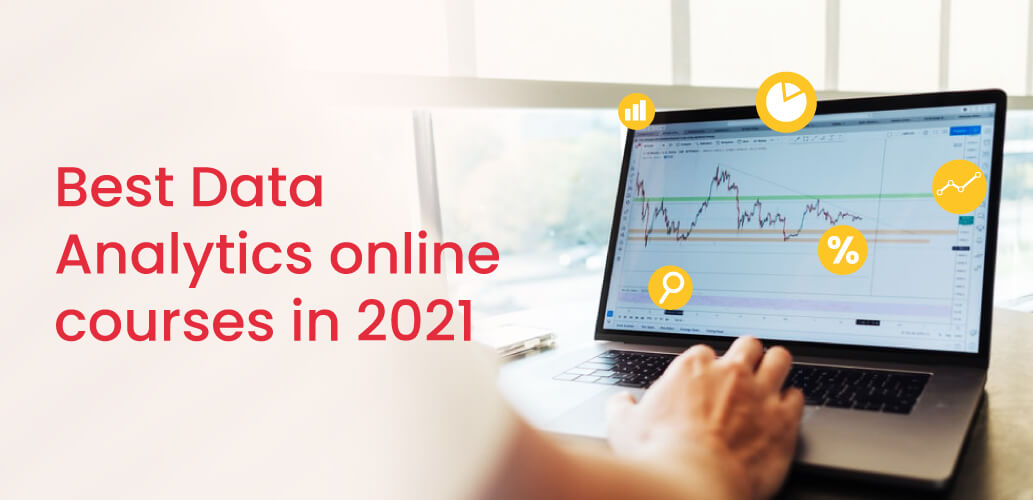Table of Contents
- Understanding Social Challenges and Identifying Opportunities for Data Science
- Examples of Data Science for Social Good in Action
- The Future of Data Science for Social Good: Emerging Technologies and Trends
- Conclusion
When the term ‘Data Science’ is mentioned, your mind would most likely jump to Data Analysts who target ads to consumers and maximise profits for businesses. But did you know that Data Science can also be used for social good?
From healthcare and education to poverty and climate change, Data Science for social good has the potential to transform how we understand and tackle global challenges!
In an era of insane technological advancements and an ever-increasing availability of data, the field of Data Science has emerged as a powerful tool for addressing complex societal problems. Which is why, in this blog post, we will explore the role of a Data Science certification course for social good.
Understanding Social Challenges and Identifying Opportunities for Data Science
Social challenges refer to complex issues in society, such as poverty, inequality, healthcare, education, and climate change. Data Science is now being used to address these challenges effectively.
It also enables evidence-based policymaking, enhances social impact initiatives, improves service delivery, promotes inclusivity, and fosters innovation.
Examples of Data Science for Social Good in Action
A Bangalore based non-profit organisation ‘DataKind’ works with organisations like the World Bank to identify and analyse large data sets to ensure transparency and fight corruption. They also use Data Science to help reduce traffic related accidents and deaths.
Let’s explore some examples of how Data Science makes a positive impact on society.
Disaster Response and Relief Efforts:- The role of Data Science in disaster response and relief efforts include: predicting disaster paths and intensities, optimising resource allocation, analysing social media for situational awareness, assessing infrastructure damage through remote sensing data, and developing models for disease outbreak prediction and response.
In 2016, the NASA Earth Science mission launched the Cyclone Global Navigation Satellite System (CYGNSS). The objective of CYGNSS is to use data to substantially improve the ability to forecast storm surges, intensity, and path of cyclones.
Humanitarian Aid and Refugee Assistance:- Here Data Science is used in analysing demographic data, migration patterns, and social indicators to understand and address the needs of displaced populations. It helps identify vulnerable groups, and improve policy making. For example, Data Science can be used to predict refugee flows, assess healthcare needs, and coordinate the distribution of aid resources in refugee camps.
Since 2018, Microsoft has supported 61 AI for Humanitarian Action projects in 20 countries, advancing solutions to address challenges in disaster response, refugees, displaced people, human rights, and the needs of women and children through grants, technology donations, and data science support.
Community Health and Well-being:- Data Science contributes to the overall health and well-being of a community, by analysing healthcare data, socioeconomic factors, and environmental information.
Mumbai-based startup Qure.ai uses AI to make healthcare solutions affordable and accessible. It uses deep learning algorithms to interpret and radiology images and scans– chest X-rays, head CT scans, POQUS, chest CT scans, etc — within a couple of seconds.
Additionally, Bangalore based non-profit organisation ‘DataKind’ works with organisations like the World Bank to identify and analyse large data sets to ensure transparency and fight corruption. They also use Data Science to help reduce traffic related accidents and deaths.
Environmental Protection and Sustainability:- Data Science aids environmental protection and sustainability by analysing environmental data, satellite imagery, and climate models. It helps in monitoring deforestation, predicting pollution levels, and optimising resource management. Data science, for instance, can be used to build models for forecasting air quality, detecting places vulnerable to ecological damage, and maximising the deployment of renewable energy sources.
The National Remote Sensing Centre (NRSC), a programme under the supervision of the Indian Space Research Organization (ISRO), has engineered a new monitoring system to observe forest cover change and combat deforestation. By combining optical remote sensing, geographic information system, AI and automation, the new system allows monitoring experts to detect small-scale deforestation to further limit the damage caused to forests and to improve the frequency of reporting from once per year to once per month.
The Future of Data Science for Social Good: Emerging Technologies and Trends
Let’s explore the future of Data Science for social good which holds immense potential with emerging technologies and trends and impacts in addressing societal challenges and fostering positive change.
Artificial Intelligence and Machine Learning for Social Good:- AI and ML can be used for social good by addressing critical societal challenges. They have the potential to enhance healthcare, education, poverty alleviation, environmental conservation, disaster response, and more.
For example, a Bengaluru-based start-up ‘Niramai’ uses AI to improve the early detection of breast cancer. The company’s AI-powered platform, Thermalytix, uses thermography to detect breast cancer in its early stages, making it a non-invasive alternative to mammography.
Blockchain for Social Impact:- Blockchain technology has the potential to drive social impact by providing transparency, security, and efficiency. It can facilitate fair and accountable distribution of resources, such as donations and aid. Blockchain-enabled systems can enhance supply chain transparency, improve identity management for refugees and the unbanked, and enable secure voting systems.
Crowdsourcing and Citizen Science:- Crowdsourcing and Citizen Science harness the power of collective intelligence for social impact. Crowdsourcing involves engaging a large group of individuals to contribute ideas, data, or resources for solving complex problems and Citizen science empowers citizens to actively participate in scientific research, data collection, and analysis. These approaches enhance scientific knowledge, address environmental challenges, and foster public engagement, ultimately driving innovation and positive change.
Conclusion
By leveraging analytics and drawing insights from vast amounts of data, we can make informed decisions, design targeted interventions, and tackle issues ranging from healthcare and education to poverty and climate change. With continued advancements in technology and a commitment to responsible practices, Data Science has the potential to bring about meaningful and lasting change in our world.
Did this blog pique your interest in Data Science? Then checkout upGrad Campus’ Data Science certification course!
This Data Analyst course online has been specially developed for students and professionals in the early stages of their careers looking to build a successful career within this field.
Enroll today in our Data Science certification course and unlock endless possibilities!
